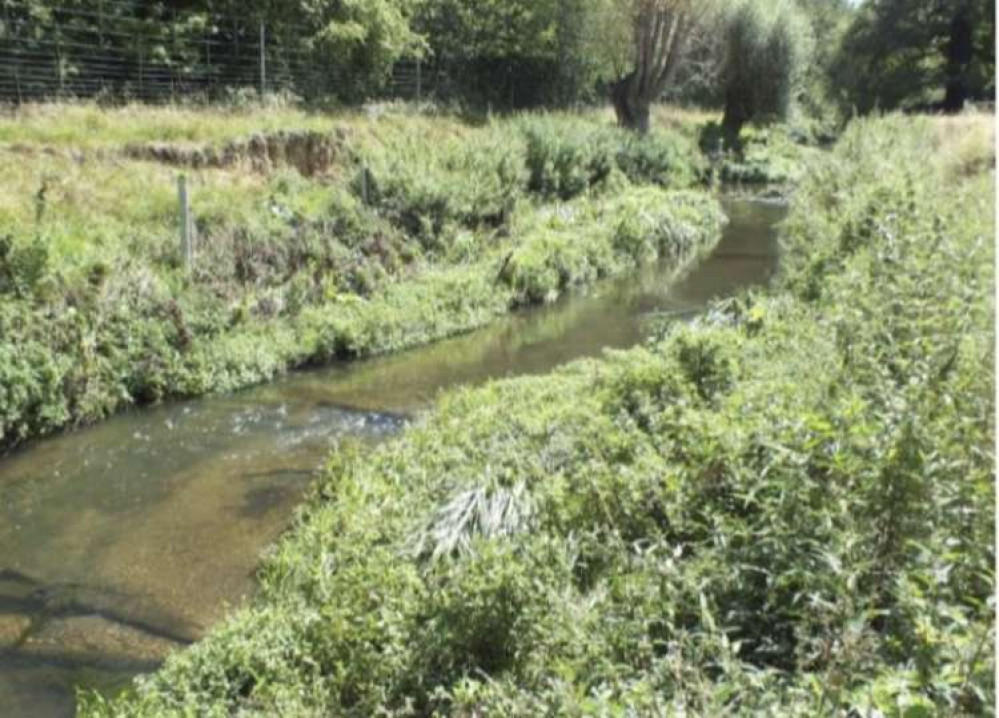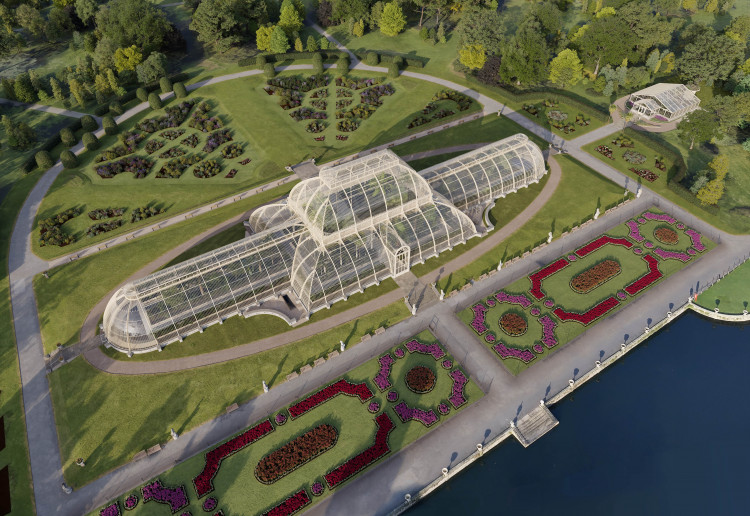Richmond: how the Council plans to tackle climate-change-accelerated flooding in the borough







Mortlake, Castelnau, Barnes and areas nearby Beverley Brook river in Richmond Borough are among areas most prone to heavy risk localised flooding in the UK.
July 2021 was the third consecutive month of above average rainfall across the South-East of England, when 161% of long-term average was recorded.
A combination of surface water flooding and flooding related to the neighbouring rivers left some homes and infrastructure in Richmond borough impacted.
Julia Neden-Watts, Chair of the Environment, Sustainability, Culture and Sports Services Committee for Richmond Council, said: "Water doesn't stop at borough boundaries, or at any boundary. It works by a catchment, and catchments often cover several local authority areas.
"In Richmond, there are several partnerships made up of clusters of boroughs who get together to discuss issues that we're all facing.
"They have quite a large amount of funding from government and quite an extensive six-year program of projects, some huge projects and some very localized projects.
"Some are very innovative, nature-based solutions, as well as big engineering projects."
A collective approach is taken to oversee the flood situation across the whole of the Thames region, which includes all the Thames tributaries, as well as the main river itself.
Click here for an interactive map of flood risk in South-West London
"If one home is affected, that's a horrible situation for the family to be in or for the shopkeeper to be in," Cllr. Neden-Watts said.
"It can also have an effect on our community, on people's enjoyment of the area, but also economic activity, getting to work, getting to school, just moving around can become very difficult."
Cllr. Neden-Watts added: "There were many smaller areas across the borough that had local flooding, particularly affecting people living in slightly lower level properties or basement flats, are more at risk because if the street floods, because the gullies aren't clearing away the water quickly enough."
Causes of the recent July 2021 floods are attributed to heavy rainfall, tidal flooding of the Thames and the flooding of smaller rivers, known as fluvial flooding.
All are consequences of the rising temperatures of climate change.
Approximately half of this total of rain fell in just 45 minutes.
In this period, 45 fluvial flood alerts and 5 fluvial flood warnings were issued across the South East of England.
Despite the heavy rainfall, groundwater levels continued to fall during July at most sites, albeit a little slower in places.
As the climate warms, weather events will become increasingly dramatic.
With hotter heatwaves come more intense rainfall, because there's more energy in the atmosphere. This process is a cause of surface water flooding.
Richmond borough has its own local flood authority in place, making it compulsory for a flood risk management plan to be established as a statutory responsibility.
A local authority flood risk management plan will assess all the different types of flooding and put objectives in place to tackle what are deemed to be the most likely forms of flood to occur in the area.
Richmond Council is to receive a share of £150 million in funding from the Government to improve community resilience to flooding in the Beverley Brook river catchment area.
This is part of the government's new Flood and Coastal Resilience Innovation Programme.
Cllr. Neden-Watts said: "[Richmond Council] have a large-scale strategy which covers the various areas that are important, including how we reduce our energy usage and make buildings more efficient, how we manage waste, and including how we manage water.
"That's how we consider what we would do in a drought to minimize usage of water.
"There are measures through the planning system to make sure that properties don't use excessive water when there's a new development taking place, but also how we manage waste-water and rainfall and things like that."
Rainfall that can't make its way down the gullies and safely away from areas leads to what is known as localised flooding.
Another type of flooding involved is tidal flooding, when the tide of the River Thames comes up higher than expected.
The Beverley Brook Catchment Plan is one of 25 UK schemes to trial a wide range of different approaches to flood resilience tailored to local requirements.
The project will modernise flood risk management in the Beverley Brook catchment area to restore what Richmond Council have referred to as 'a more natural watercourse within an urban environment' which will 'deliver innovation'.
Initial funding allocated from the government for the borough of Richmond upon Thames is £40,000, which will be used to develop a detailed project plan.
Successful projects around the UK will potentially receive up to £6,000,000.
The funding will be provided by the Department for Environment Food & Rural Affairs and will be managed by the Environment Agency.
"If you apply to build a development of any sort, you'll have to show that you're not increasing the risk of surface water flooding in the local area," Cllr. Neden-Watts said.
"It's not just the immediate risk to life and health and property, although those are very important. It's also the economic effects."
"Our flood offices have bid successfully for resilience funding from the government to do feasibility studies in the first instance, but also to work with community groups and organizations to look at innovative ways of doing lots of small scale projects to improve the situation with regard to surface water," she added.
"This particular funding is for projects around Barnes and will allow us to implement small projects in multiple places."
The Council are also introducing planning measures for housing, for instance a homeowner will have to go through additional processes if for example they want to build a basement, having to prove the build plan will not worsen groundwater flooding effects.
The project will oversee four hectares of impermeable surfaces disconnected from the public drainage system using nature-based solutions and integrated water management measures to directly build resilience to floods and the effects of climate change.
The innovations are partnered with the Wildfowl & Wetlands Trust who run the London Wetland Centre in Barnes, and the Friends of Barnes Common
Richmond Council was one of 25 areas to receive funding and one of only two boroughs chosen in London to support the scheme.
The project will be delivered from 2021 – 2027.
CHECK OUT OUR Jobs Section HERE!
richmond vacancies updated hourly!
Click here to see more: richmond jobs
Share:










